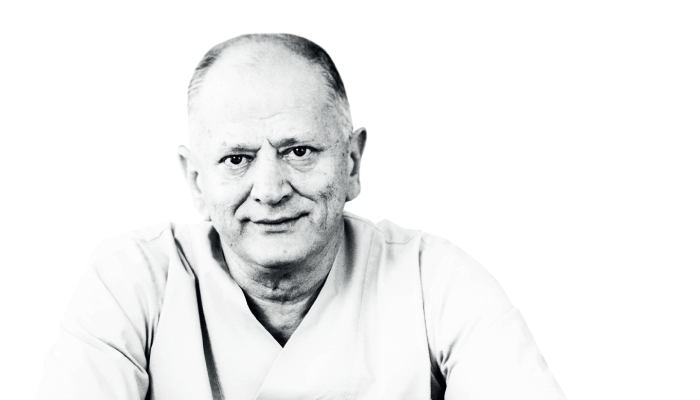
Like many of my fellow ophthalmologists, I have performed surgery – including LASIK and refractive lens exchange – on many high-profile figures. However, my most exciting patients are not the famous ones, but other doctors. Being able to share amazing, innovative technologies with “one of my own” is a great feeling!
I have worked as an ophthalmologist for over 35 years and have “become the patient” three times so far. The first was when I was 46 years old. I had LASIK to treat oblique astigmatism – an easy decision I made within minutes after seeing the new Wavelight machine operated by refractive surgeon Matthias Maus in Köln, Germany.
The second surgery took place around Christmas 2017. I was 56 and – because I suffer from diabetes – the vision in my right eye started to deteriorate due to an early cataract. Because my vision was so poor (about 20/100), my second decision to have surgery was as easy as the first. I considered a few different IOL platforms but, after surgical successes with TECNIS Symfony, opted for that. We did a classic post-LASIK calculation and made an adjustment for a slight myopic shift to make reading easier. I was amazed by the results and returned to work less than 24 hours later. My left eye was still fine, with an uncorrected visual acuity of 20/25.
When talking to my patients about surgical procedures, I’ve been able to use my own example to convey my trust in the technology. In my experience, doctors tend to talk to patients about halo and glare using a scientific, model-based approach, rather than from personal experience. I can tell you: these dysphotopsic phenomena are not nearly as bad as we tend to show them in our presentations. At traffic lights, the red light makes larger, more noticeable halos; the yellow halo is less pronounced; the green is almost nonexistent.
After my second surgery, time went on and I was a 20/happy patient. Then, in 2019, I was shown a new lens: the TECNIS Synergy. At first, I was skeptical, but I tried a batch of 50 IOLs and found that they enabled us to perform successful refractive lens exchange on plano-presbyopia patients – a group we had previously avoided because post-surgery complaints were so frequent. Now, eight months on, we have implanted over 900 Synergy IOLs, 20 percent of them for plano-presbyopia treatment.
My left eye had uncorrected vision of 20/30. With my other eye just slightly myopic, I could read J1–2. I had good vision, with no issues when reading or performing my day-to-day activities. Nonetheless, I couldn’t get the idea of another surgery out of my head.
It took me six months to find the time – but when the COVID-19 pandemic completely cleared my schedule, I decided to go through with it. I consulted Warren Hill to make sure that the calculations for my third surgery were spot-on. I knew in my heart that I was making the right choice, but involving multiple people in the calculations and predictions helped me to make sure my decision was rational. I’ve always been a person driven by emotions, quick to act and prone to risk-taking, but I didn’t want to be reckless with my vision. In the end, the procedure was uneventful.
I have a rule of never offering or performing a procedure on your patient that I would not perform on my own family. Now, having had LASIK and refractive lens exchange, I can upgrade the mantra to, “I perform surgical procedures that I’ve had myself!” I feel that this is the ultimate test of trust in the technology I use on my patients. Can you, too, say that the procedures you offer are ones you would undergo yourself?
